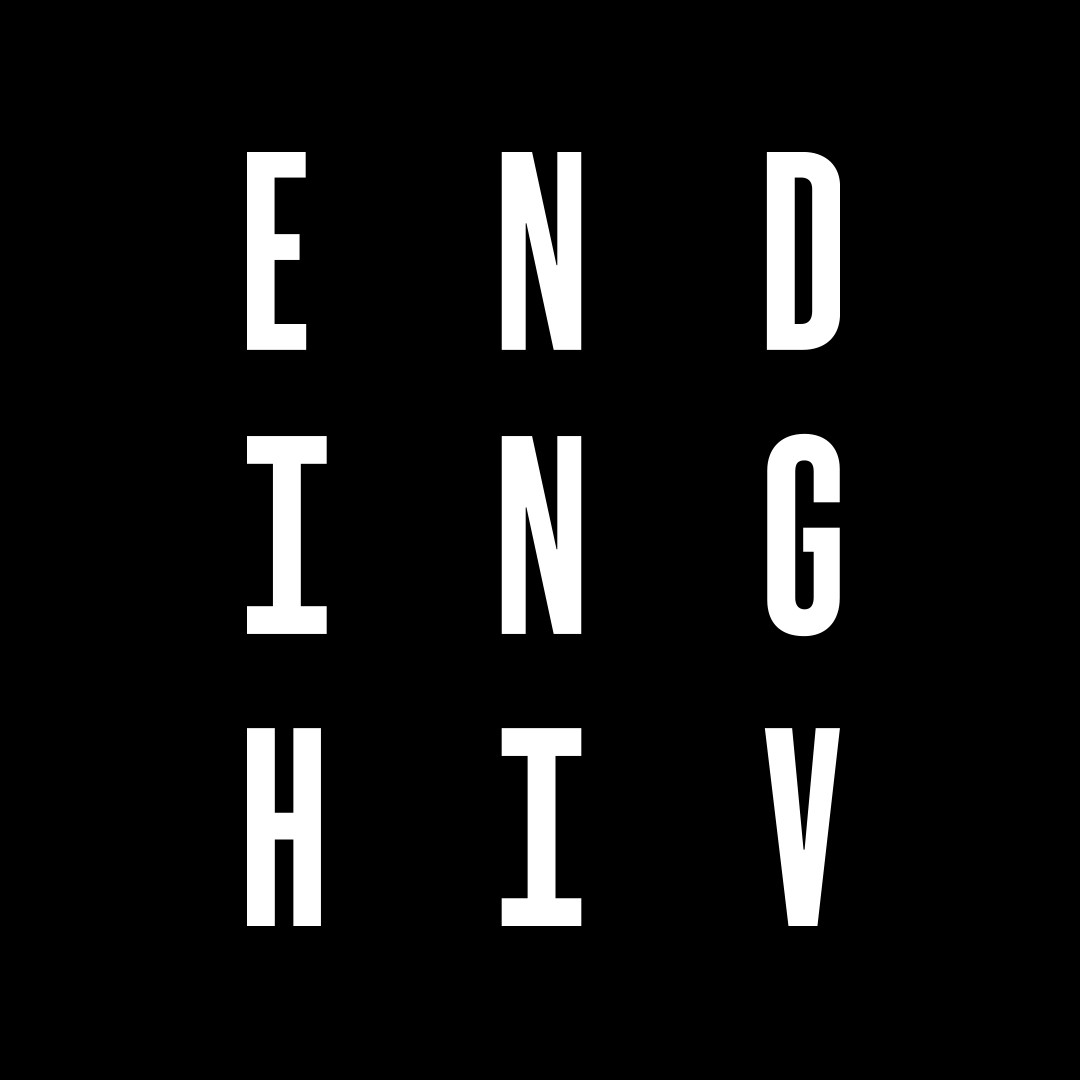4 CELEBRITIES YOU DIDN’T KNOW ARE UNDETECTABLE
Here are 4 HIV positive celebrities you didn’t know have an undetectable viral load. If you’re not familiar with what that means, click here to learn more about it.
Mark Patton
Actor turned interior designer Mark Patton best known for his appearance in A Nightmare on Elm Street 2: Freddy’s Revenge, was diagnosed HIV positive in 1998, and approximately 2 years later he reached an undetectable viral load. Last reported in 2013 Mark Patton had been undetectable for 13 years and enjoying the benefits of treatment and good health.
Magic Johnson
American professional basketball player Magic Johnson was a star player for NBA team Los Angeles Lakers, and retired from his career in 1991 after announcing he contracted HIV. After his retirement he has become an advocate for HIV / AIDS prevention and safe sex. By sticking to treatment he’s been able to improve his health and live the lifestyle of a normal healthy person. This year will be 23 years from his original diagnosis, and is currently living with an undetectable viral load.
Chuck Panozzo
Former Styx bassist Chuck Panozzo was diagnosed with HIV in 1991, and by 1998 he was diagnosed with AIDS. In the closet while he was performing in the band, it took him a while to come out as gay and HIV positive. Today his viral load is undetectable, and is supported by his HIV positive partner Tim McCarron.
Greg Louganis
Olympic gold medallist Greg Louganis is a world renowned diver and currently maintains his undetectable HIV status. Diagnosed with HIV in the height of his career in 1988, Greg has become a LGBT and HIV advocate, and author of his autobiography Breaking the Surface. Greg takes both his physical fitness and his HIV treatment seriously with staying in good health the top of his priorities.
Find out more about Undetectable Viral Load (UVL)
Want to find out more about Undetectable? Head over to our website and find out how starting treatment can get you to an undetectable viral load.
HIV treatments are better than ever, and they can increase HIV positive people’s health while dramatically reducing the risk of HIV transmission. Thanks to advances in treatments, it is now possible to end the HIV epidemic.
It’s also time to come together and trust the science. If we all think positive about HIV, be an ally, and accept who we love, we can end HIV stigma.
